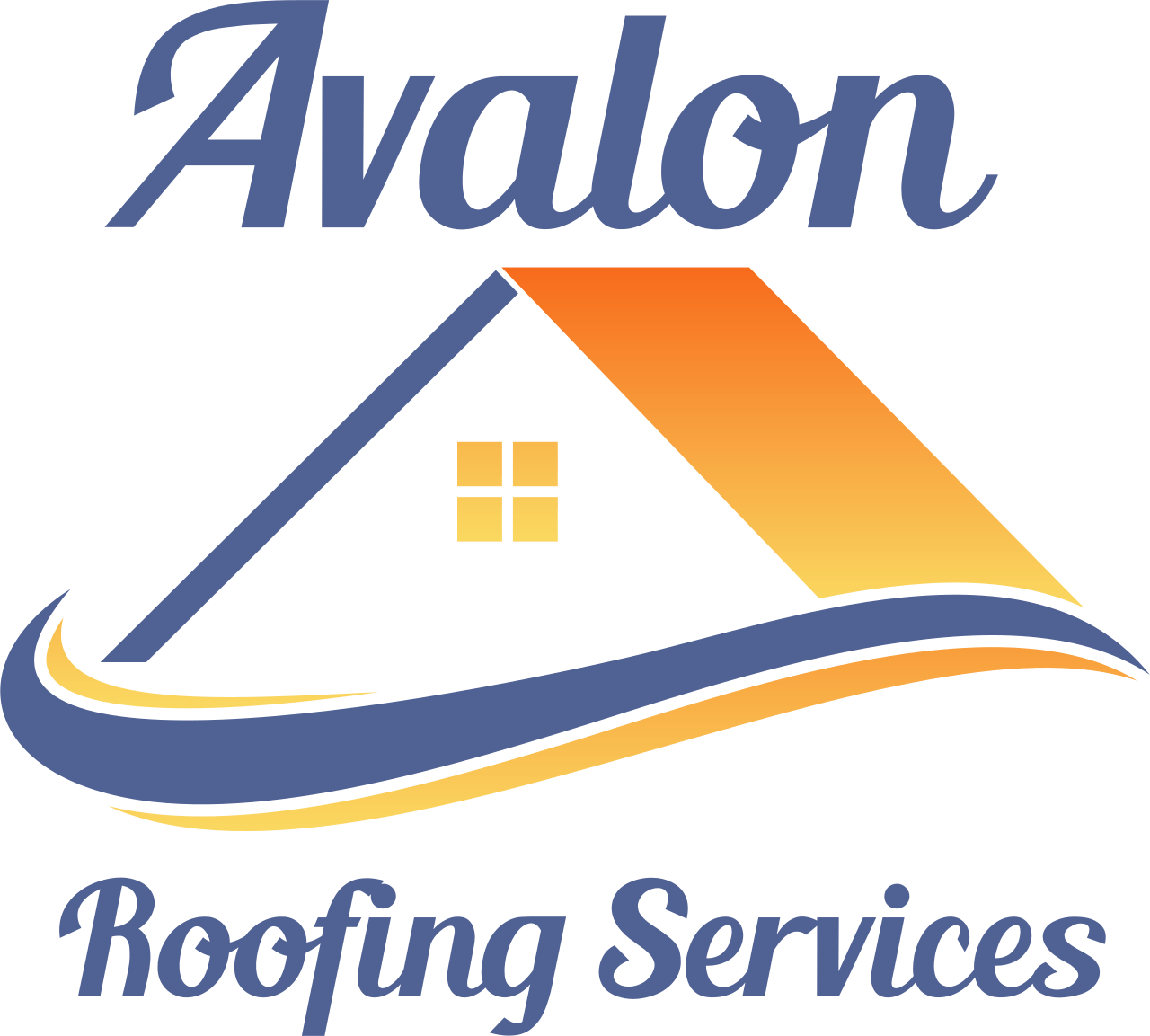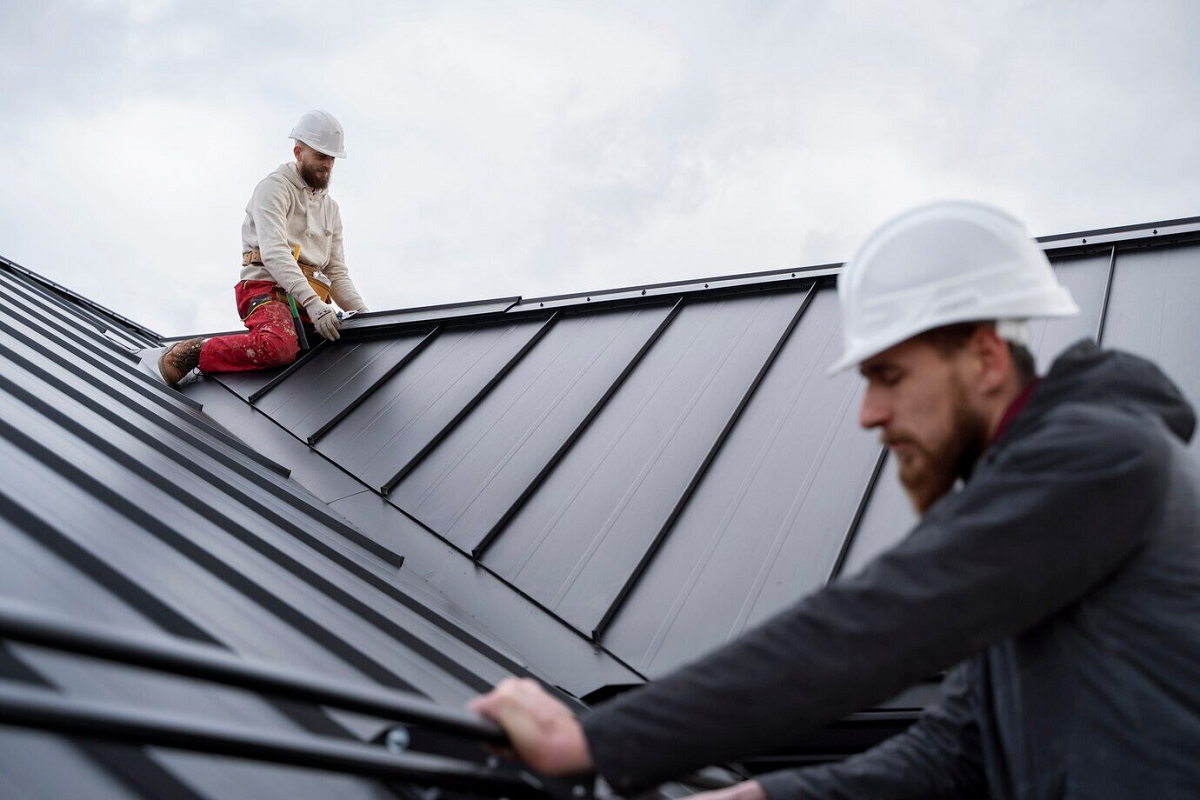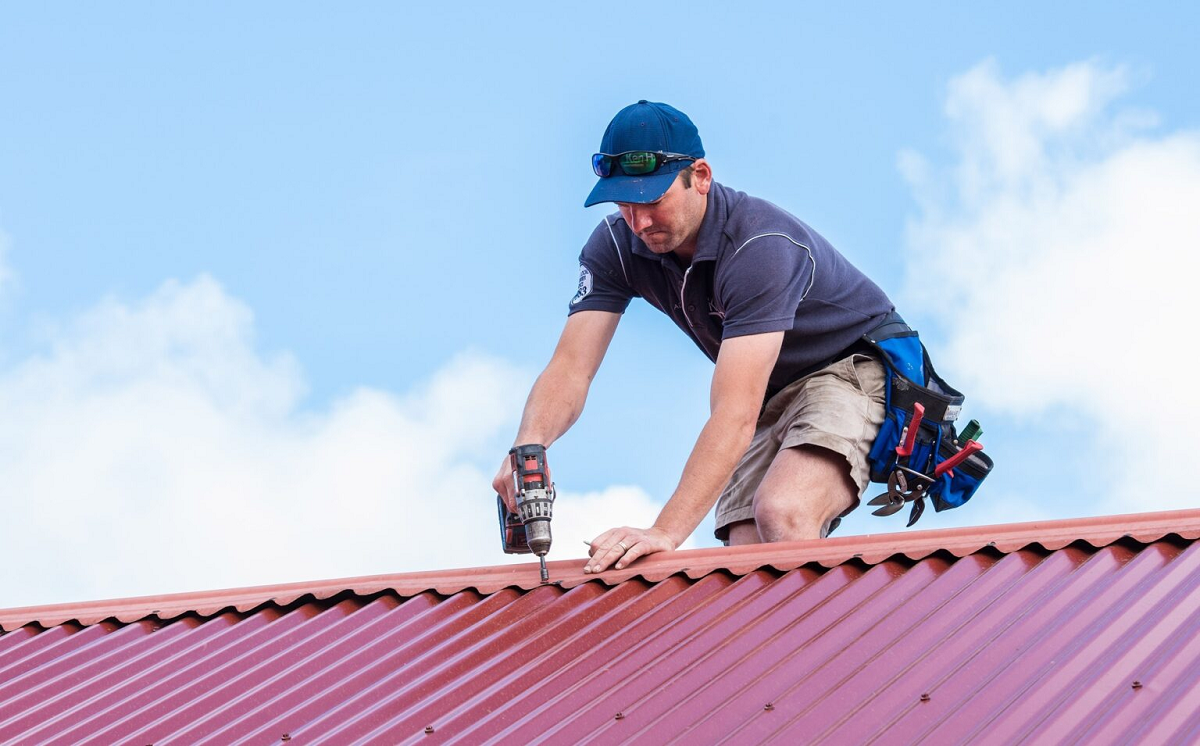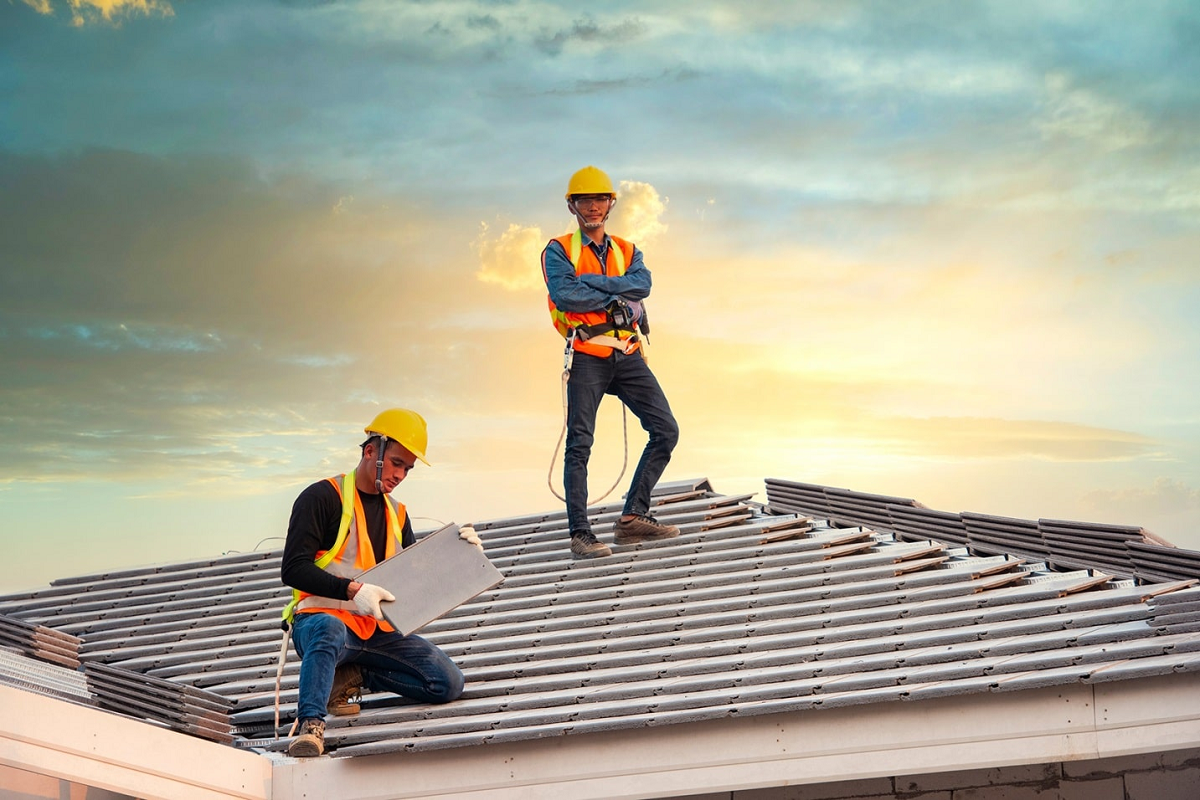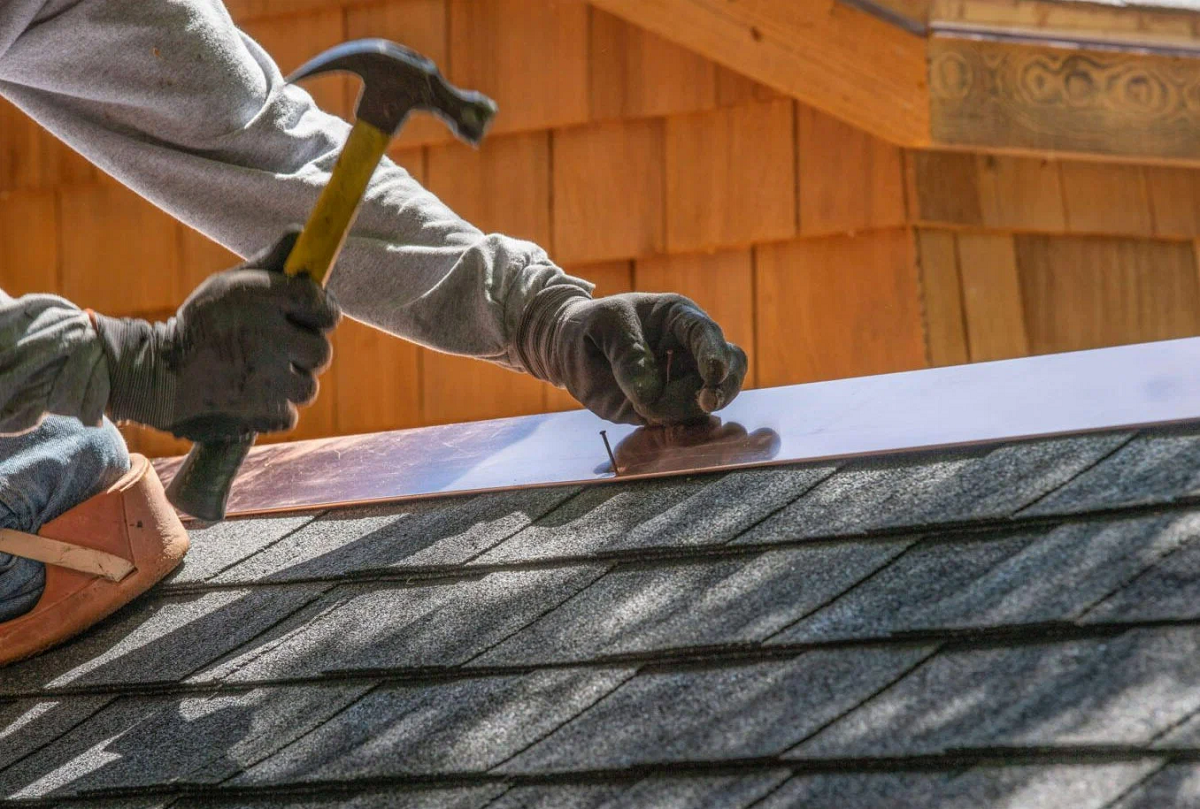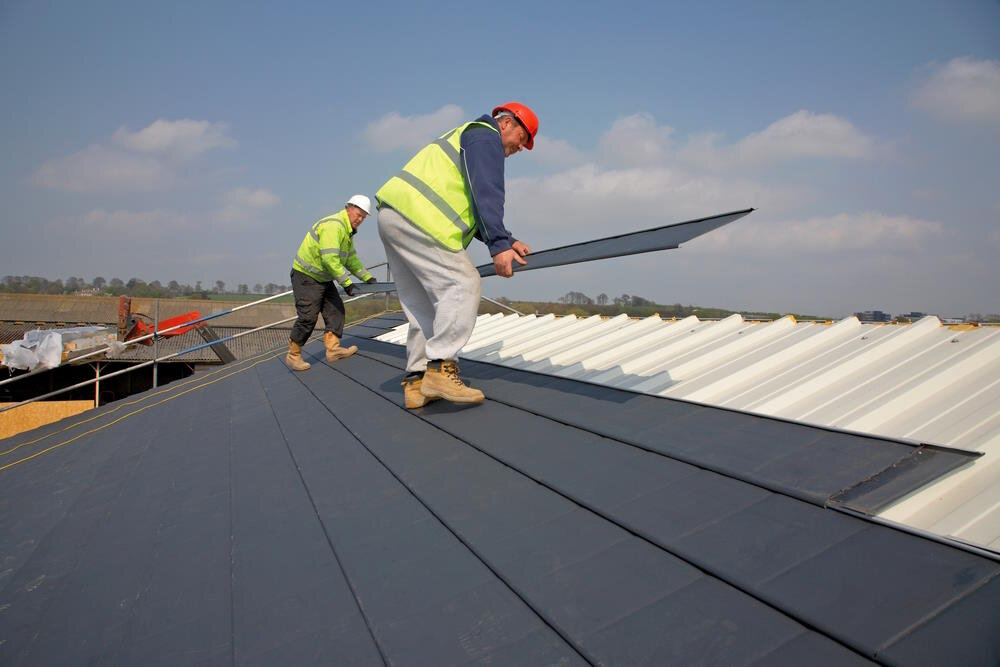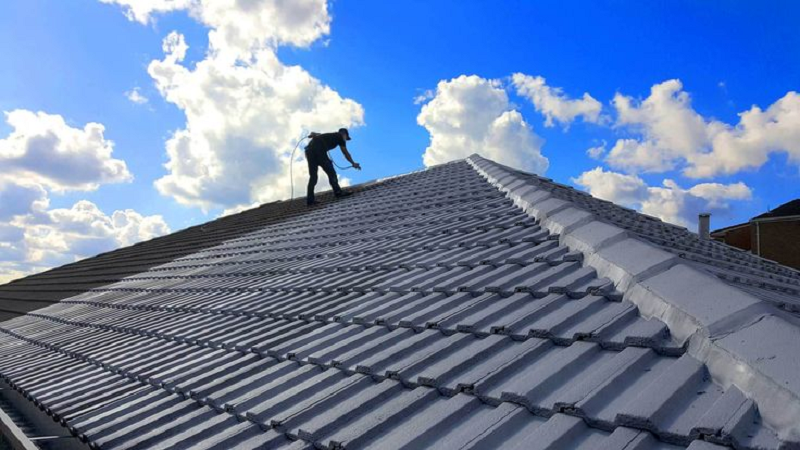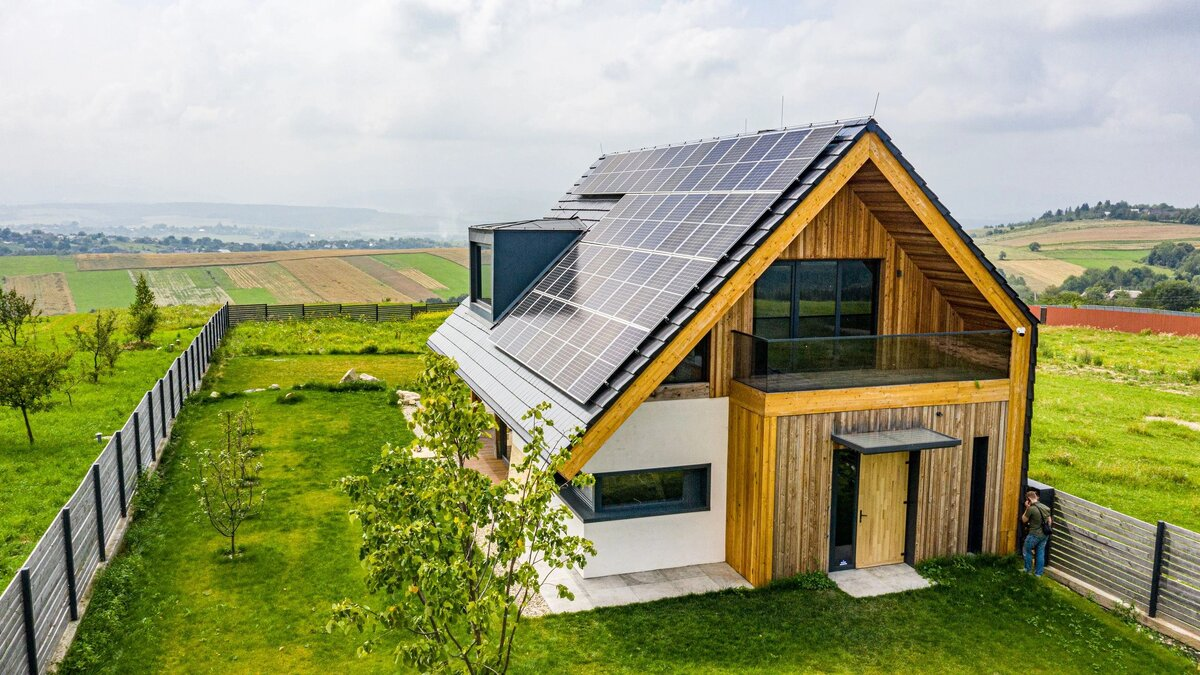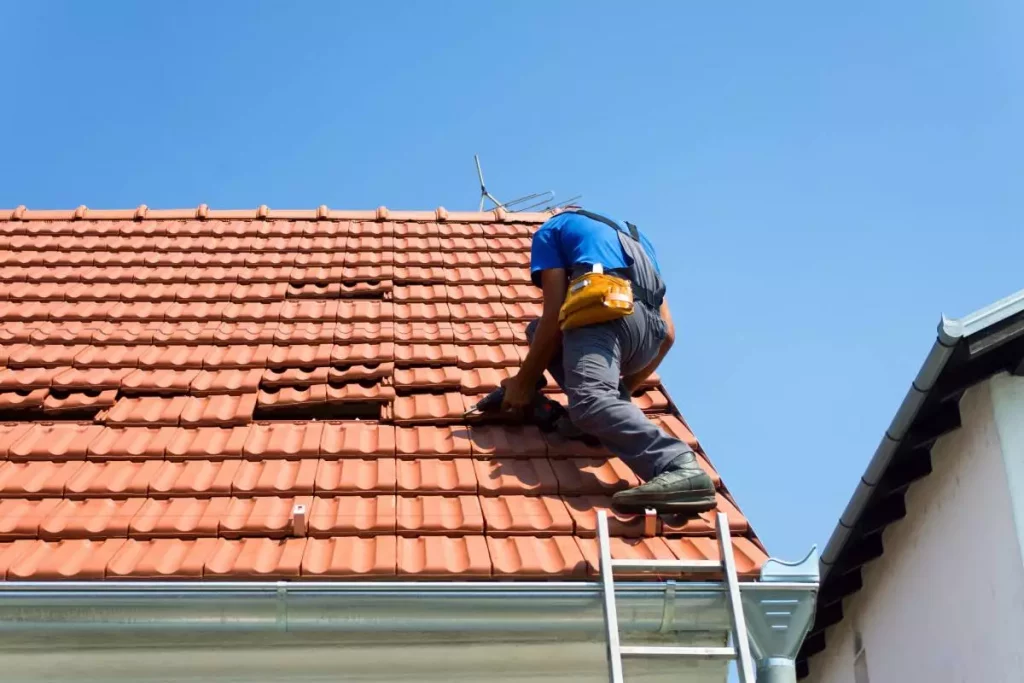Eco-Friendly Choices: Commercial Roofing Materials
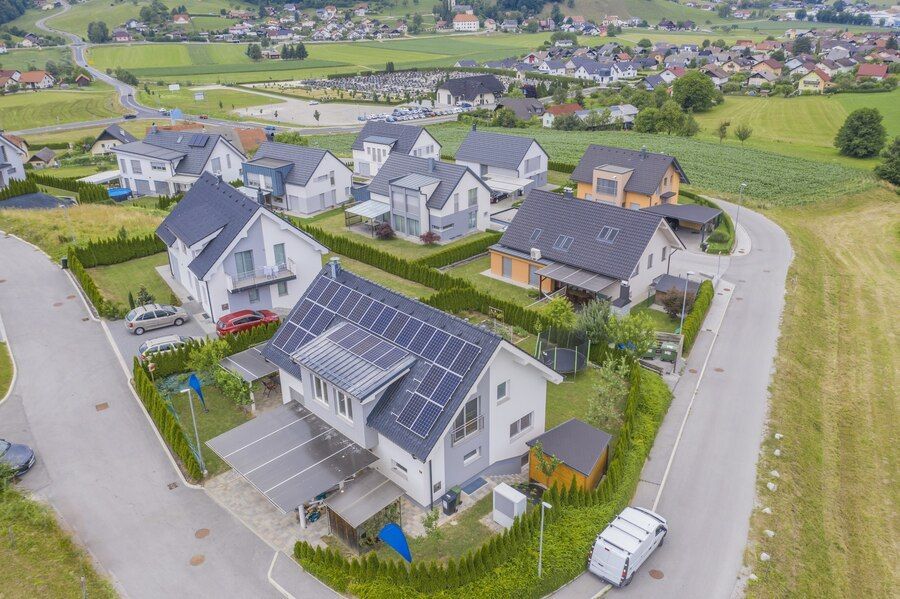
In today's rapidly evolving business landscape, sustainability isn't just a buzzword; it's a crucial consideration for companies aiming to reduce their environmental footprint while maintaining operational efficiency. One often-overlooked aspect of sustainability in commercial ventures is the choice of roofing materials. Commercial roofs, covering vast expanses of structures, play a pivotal role in energy consumption, insulation, and environmental impact.
As the world gravitates towards eco-conscious practices, the demand for eco-friendly commercial roofing solutions is burgeoning. From traditional options like asphalt and metal to innovative alternatives such as green roofs and solar panels, businesses are increasingly exploring diverse materials that align with their sustainability goals.
This exploration isn't merely about minimizing environmental harm; it's also about redefining standards of efficiency and durability in the construction industry. Join us as we delve into the realm of eco-friendly choices in commercial roofing, examining their benefits, challenges, and the transformative impact they can have on businesses and the planet alike.
Understanding the Importance of Eco-Friendly Commercial Roofing
Commercial roofing isn't merely protective—it's a cornerstone of sustainable business practices. Eco-friendly roofing surpasses traditional materials, aiming to minimize environmental impact and maximize energy efficiency. By choosing eco-conscious solutions, businesses actively reduce carbon footprints and preserve natural resources.
Additionally, these roofs often yield long-term cost savings through decreased energy bills and maintenance requirements. Understanding the significance of eco-friendly commercial roofing involves acknowledging its pivotal role in combating climate change, enhancing indoor comfort, and aligning with corporate sustainability objectives.
As businesses prioritize responsible operations, investing in eco-friendly roofing isn't just an option but a strategic necessity for ensuring long-term viability and environmental stewardship.
Traditional vs. Eco-Friendly: A Comparative Analysis
The debate over traditional versus eco-friendly commercial roofing materials hinges on key factors like environmental impact, durability, and upfront costs. While materials like asphalt and metal have long been industry standards, they often pose challenges such as high energy consumption, waste generation, and limited lifespan. In contrast, eco-friendly options like recycled materials, green roofs, and solar panels offer compelling benefits in sustainability and long-term performance.
Despite potentially higher initial costs, eco-friendly materials tend to yield superior returns over the roof's lifespan, including reduced energy expenses and lower maintenance needs. Understanding these differences is crucial for businesses to make informed decisions aligned with sustainability goals and financial considerations.
Exploring Sustainable Material Options for Commercial Roofs
Exploring sustainable material options for commercial roofs opens up a world of possibilities for businesses looking to reduce their environmental impact while maintaining performance and durability.
- Traditional choices: Explore eco-conscious alternatives to asphalt shingles and metal roofing.
- Reclaimed wood: Consider the rustic charm and sustainability of using reclaimed wood for commercial roofs.
- Recycled metal: Discover the durability and environmental benefits of using recycled metal for roofing applications.
- Bio-based polymers: Explore cutting-edge materials derived from renewable sources for eco-friendly roofing solutions.
- Cool roofs and green roofs: Harness the power of innovative roofing technologies to improve energy efficiency and promote biodiversity.
The exploration of sustainable material options for commercial roofs offers businesses an opportunity to align with environmental goals while enhancing building performance and resilience.
Green Roofs: Harnessing Nature for Building Sustainability
Green roofs seamlessly blend nature with urban landscapes, enhancing building sustainability by layering vegetation atop waterproof membranes. They offer numerous environmental benefits, including improved air quality, reduced stormwater runoff, and enhanced thermal insulation.
Additionally, green roofs contribute to biodiversity conservation, create visually appealing green spaces, and prolong the lifespan of roofing materials by shielding them from UV radiation and temperature fluctuations. Despite initial costs and structural considerations, green roofs yield long-term savings through energy efficiency, reduced HVAC loads, and potential incentives like tax credits and stormwater management rebates.
Amidst climate change and urbanization challenges, green roofs emerge as a practical solution that integrates built environments with natural ecosystems, fostering sustainability and resilience in urban landscapes.
The Rise of Solar Panels in Commercial Roofing: Benefits and Considerations
The rise of solar panels in commercial roofing reflects a growing trend in sustainable construction, fueled by technological advancements, cost reductions, and heightened environmental awareness. These panels provide businesses with a dependable source of clean energy, reducing reliance on fossil fuels and cutting greenhouse gas emissions.
Moreover, they offer significant long-term savings by lowering electricity bills and potentially generating revenue through net metering or feed-in tariffs. While integrating solar panels requires careful consideration of factors like roof orientation and regulatory compliance, their enduring financial and environmental benefits make them an appealing investment for businesses committed to sustainability and energy independence.
As solar technology becomes more accessible, their increasing presence in commercial roofing signifies a pivotal shift towards renewable energy adoption in the built environment.
Recycled and Recyclable Materials: Redefining Durability and Environmental Impact
In the quest for sustainable roofing solutions, recycled and recyclable materials are emerging as game-changers, redefining durability and environmental impact. By repurposing materials like recycled metal, plastic, and rubber, businesses can significantly reduce waste generation and minimize their environmental footprint.
- Repurposing waste: Utilizing recycled materials diverts waste from landfills, contributing to waste reduction efforts.
- Enhanced performance: Recycled and recyclable materials often boast durability and resilience comparable to traditional roofing materials.
- Design flexibility: The versatility of these materials allows for innovative design options while maintaining sustainability.
- Closed-loop systems: The recyclability of these materials ensures a sustainable end-of-life process, reducing environmental impact.
- Environmental stewardship: By opting for recycled and recyclable materials, businesses demonstrate their commitment to responsible resource management and environmental sustainability.
Embracing recycled and recyclable materials in commercial roofing not only promotes environmental stewardship but also offers tangible benefits in terms of performance, design flexibility, and sustainability.
Energy Efficiency and Insulation: Key Considerations in Eco-Friendly Roofing
Energy efficiency and insulation are paramount considerations in eco-friendly roofing, playing crucial roles in reducing energy consumption and environmental impact.
- Enhanced Thermal Resistance: Effective insulation materials minimize heat transfer, reducing energy consumption and HVAC usage.
- Cool Roofs: Reflective surfaces reduce solar heat absorption, maintaining cooler indoor temperatures and lowering cooling costs.
- Green Roofs: Vegetation layers provide natural insulation, improving energy efficiency and mitigating urban heat island effects.
- Lower Operating Costs: Reduced energy usage translates to long-term savings on utility bills and maintenance expenses.
- Environmental Impact Reduction: Energy-efficient roofing solutions contribute to carbon emissions reduction and environmental stewardship.
Prioritizing energy efficiency and insulation in eco-friendly roofing is not just about reducing operational costs but also about minimizing environmental impact and promoting sustainability.
Cost-Effectiveness of Eco-Friendly Commercial Roofing Solutions
When considering commercial roofing solutions, cost-effectiveness is a crucial factor that businesses must weigh alongside environmental benefits. Eco-friendly roofing solutions, despite potential higher initial costs, often prove to be financially advantageous over their lifecycle.
- Initial Investment: While eco-friendly roofing solutions may require a higher initial investment compared to traditional options, the long-term savings outweigh this upfront cost.
- Reduced Maintenance Costs: Eco-friendly roofs typically require less frequent repairs and replacements, leading to significant savings on maintenance expenses over time.
- Energy Efficiency: Energy-efficient roofing materials help businesses lower their utility bills by reducing heating and cooling costs through improved insulation.
- Incentives and Rebates: Many jurisdictions offer incentives such as tax credits, rebates, and reduced insurance premiums for businesses that adopt sustainable roofing practices.
- Long-Term Returns: Eco-friendly roofing solutions offer substantial long-term returns on investment, providing businesses with a reliable and cost-effective roofing solution for years to come.
While the cost-effectiveness of eco-friendly commercial roofing solutions may require an initial investment, the long-term financial benefits far outweigh the upfront costs.
Regulatory Landscape: Compliance and Incentives for Sustainable Roofing Practices
Navigating the regulatory landscape is essential for businesses seeking to implement sustainable roofing practices. Building codes, zoning ordinances, and environmental regulations increasingly promote the use of eco-friendly roofing materials and techniques.
- Understanding Regulatory Requirements: Familiarize yourself with local building codes, zoning ordinances, and environmental regulations governing commercial roofing projects.
- Exploring Green Building Certifications: Investigate certifications like LEED and ENERGY STAR, which offer incentives such as tax credits and expedited permitting for sustainable construction projects.
- Identifying Financial Incentives: Research potential financial benefits, such as tax credits, rebates, and reduced insurance premiums, available for implementing eco-friendly roofing solutions.
- Partnering with Knowledgeable Professionals: Collaborate with experienced roofing contractors and consultants who understand regulatory requirements and can guide you through compliance and incentive programs.
- Monitoring Regulatory Updates: Stay up-to-date with changes in the regulatory landscape to ensure ongoing compliance and maximize opportunities for incentives and cost savings.
Navigating the regulatory landscape is crucial for businesses aiming to adopt sustainable roofing practices.
Case Studies: Real-World Examples of Successful Eco-Friendly Roofing
Real-world case studies offer valuable insights into the effectiveness of eco-friendly roofing across various industries and regions. These studies showcase how different organizations, from office buildings to educational institutions, have successfully implemented sustainable roofing solutions.
They demonstrate the tangible benefits such as energy savings, reduced environmental impact, and favorable return on investment. Additionally, case studies highlight the challenges faced during implementation, lessons learned, and best practices for overcoming obstacles.
By analyzing these successful projects, businesses can gain practical knowledge and inspiration to enhance their own sustainability efforts. These case studies underscore the pivotal role of eco-friendly roofing in fostering a greener, more resilient built environment as sustainability continues to drive innovation in the construction industry.
Avalon Roofing Services stands as a beacon of reliability and excellence in the realm of roofing solutions. With over 30 years of dedicated service to Manteca, we have earned the trust of our community as one of the most established and accredited roofing contractors. Our A+ rating with the Better Business Bureau is a testament to our unwavering commitment to quality and customer satisfaction.
As we navigate the ever-changing landscape of commercial roofing, it's evident that eco-friendly practices are not just a trend but a necessity for businesses committed to sustainability. By embracing eco-friendly roofing solutions, we not only safeguard our environment but also enhance the longevity and efficiency of our buildings. We invite you to join us in this journey towards a greener future.
Contact Avalon Roofing Services today at contact@avalonroofing209.com or call our office at (209) 380-1275 or our after-hours line at (209) 483-7593 to explore how we can help you make eco-friendly choices for your roofing needs. Let's build a sustainable tomorrow, one roof at a time.
